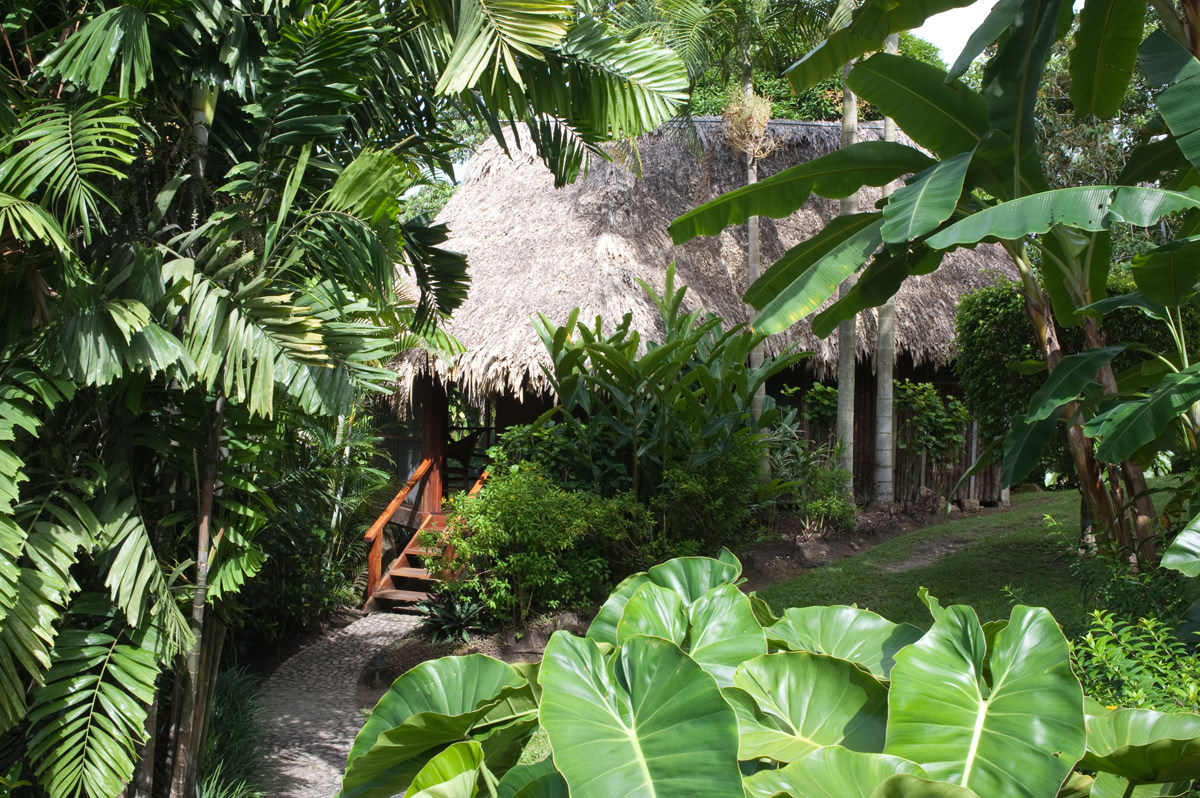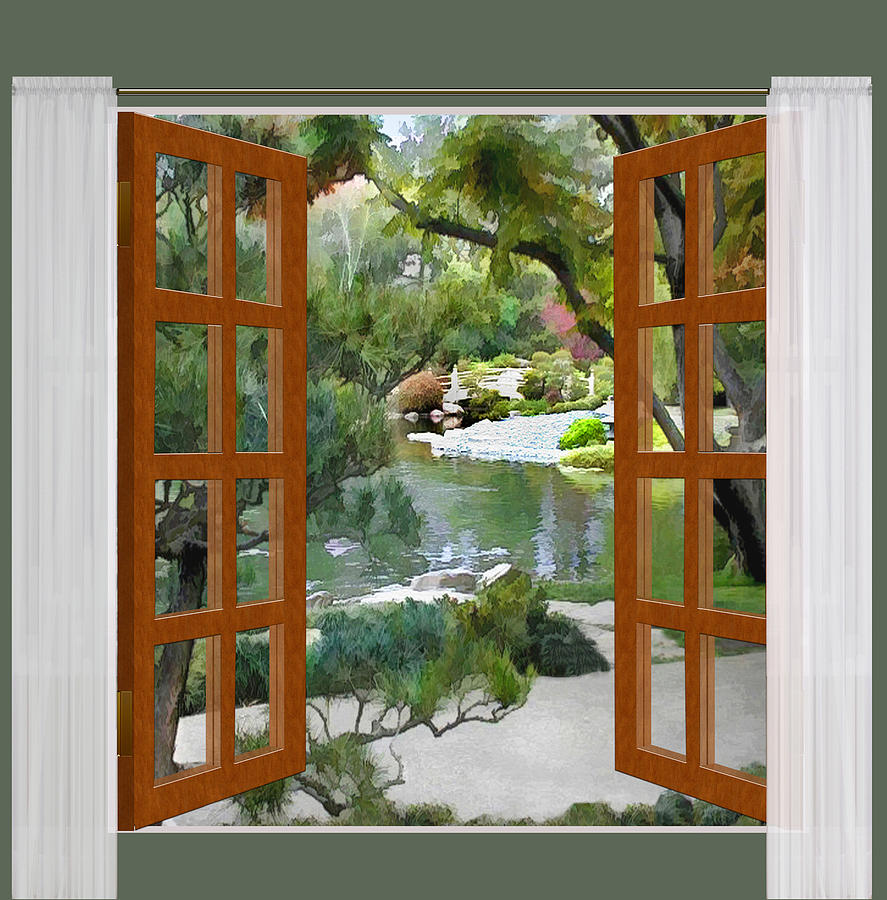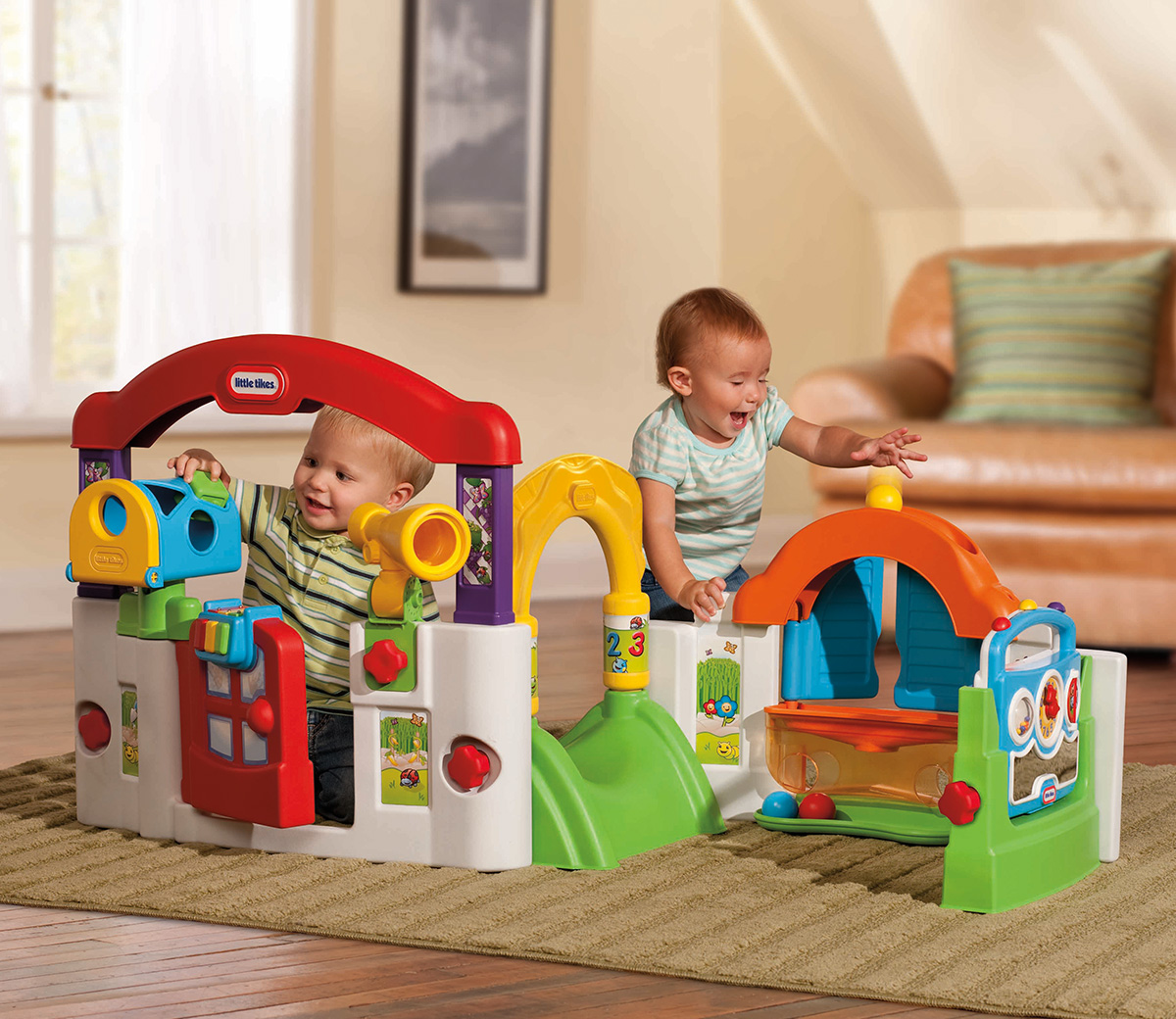Wednesday, May 30, 2018
Gardening: Beautiful House Garden Pictures House Beautiful Flowers Wallpaper glubdubs
By admin3:46 AMBeautiful, Flowers, Garden, Gardening:, glubdubs, House, Pictures, Wallpaper
No comments:

Master Gardeners \u2013 Washington County
Gardening \u2013 The Brookdale Club
Guerrilla gardening Sharingame
How To Start A Vegetable Garden
Gardening at Night \u2014 Cig Harvey

File:Japanese garden view 3.jpg Wikimedia Commons
 A garden is a prepared space, usually outdoors, reserve for the display, nurturing and enjoyment of plant life and other kinds of mother nature. Your garden can integrate both natural and man-made materials. The most typical form today is known as a residential garden, but the term garden has customarily been a far more general one. Zoos, which display outrageous animals in simulated natural habitats, were formerly called zoological gardens.[1][2] Western gardens are almost universally depending on vegetation, with garden often symbols of a shortened form of botanical garden. Some traditional types of eastern landscapes, such as Zen home gardens, use plants sparsely or not at all.
A garden is a prepared space, usually outdoors, reserve for the display, nurturing and enjoyment of plant life and other kinds of mother nature. Your garden can integrate both natural and man-made materials. The most typical form today is known as a residential garden, but the term garden has customarily been a far more general one. Zoos, which display outrageous animals in simulated natural habitats, were formerly called zoological gardens.[1][2] Western gardens are almost universally depending on vegetation, with garden often symbols of a shortened form of botanical garden. Some traditional types of eastern landscapes, such as Zen home gardens, use plants sparsely or not at all.Formal garden Stock Photos, Images, \u0026 Pictures Shutterstock
view garden Picture of Mas d\u002639;Oleandre, MontarenetSaintMediers TripAdvisor

Gardens of the Big Bend: A New Botanical and Teaching Garden in North Florida
Garden view from window Picture of Port Angeles, Washington TripAdvisor
File:BartowPell Garden View.jpg Wikimedia Commons
 A garden is an organized space, usually outdoors, put aside for the display, fostering and enjoyment of vegetation and other kinds of characteristics. Your garden can combine both natural and man-made materials. The most typical form today is known as a residential garden, but the term garden has typically been a far more general one. Zoos, which display crazy animals in simulated natural habitats, were formerly called zoological gardens.[1][2] Western gardens are almost universally depending on vegetation, with garden often symbols of a shortened form of botanical garden. Some traditional types of eastern backyards, such as Zen landscapes, use plants sparsely or not at all.
A garden is an organized space, usually outdoors, put aside for the display, fostering and enjoyment of vegetation and other kinds of characteristics. Your garden can combine both natural and man-made materials. The most typical form today is known as a residential garden, but the term garden has typically been a far more general one. Zoos, which display crazy animals in simulated natural habitats, were formerly called zoological gardens.[1][2] Western gardens are almost universally depending on vegetation, with garden often symbols of a shortened form of botanical garden. Some traditional types of eastern backyards, such as Zen landscapes, use plants sparsely or not at all.HotelR Best Hotel Deal Site
File:Japanese garden view 3.jpg Wikimedia Commons

File:Karlsruhe Orangerie garden panorama.jpg Wikipedia

File:Public Garden view.jpg Wikimedia Commons

Tuesday, May 29, 2018
HotelR Best Hotel Deal Site
File:South Carolina Botanical Garden view 2.JPG Wikipedia
File:Karlsruhe Orangerie garden panorama.jpg Wikipedia

HotelR Best Hotel Deal Site
Garden View Free Stock Photo Public Domain Pictures
Monday, May 28, 2018
10 Most Beautiful Gardens In The World
28 Beautiful Gardens Like Dream MostBeautifulThings
Lush Greenery Pictures Beautiful Gardens WonderWordz
Beautiful Garden Wallpapers Wallpaper Cave
Beautiful Kyoto Gardens \u2013 Japan World for Travel
Straw bale gardening gives gardeners a head start Pittsburgh PostGazette
By admin3:46 AMbale, gardeners, gardening, gives, head, Pittsburgh, PostGazette, start, Straw
No comments:

The health benefits of gardening Saga
BudgetFriendly Organic Gardening Hacks DIY Network Blog: Made Remade DIY
Win a \u00a31,000 gardening voucher from B\u0026Q
How To Start A Vegetable Garden
Luxury Garden Rooms Belize, Garden View Caba\u00f1as at Blancaneaux Lodge
 A garden is a designed space, usually outdoors, put aside for the display, nurturing and enjoyment of crops and other varieties of characteristics. Your garden can integrate both natural and man-made materials. The most frequent form today is known as a residential garden, but the term garden has typically been a far more general one. Zoos, which display untamed animals in simulated natural habitats, were formerly called zoological gardens.[1][2] Western gardens are almost universally depending on crops, with garden often symbols of a shortened form of botanical garden. Some traditional types of eastern landscapes, such as Zen home gardens, use plants sparsely or not at all.
A garden is a designed space, usually outdoors, put aside for the display, nurturing and enjoyment of crops and other varieties of characteristics. Your garden can integrate both natural and man-made materials. The most frequent form today is known as a residential garden, but the term garden has typically been a far more general one. Zoos, which display untamed animals in simulated natural habitats, were formerly called zoological gardens.[1][2] Western gardens are almost universally depending on crops, with garden often symbols of a shortened form of botanical garden. Some traditional types of eastern landscapes, such as Zen home gardens, use plants sparsely or not at all.HotelR Best Hotel Deal Site
HotelR Best Hotel Deal Site
Commodore, Alibaug \u2013 5 Bedroom Luxury Villa with Pool Sham Estate
Window View Glimpse Of Tranquility Japanese Garden Painting by Elaine Plesser

The View at Slough View Park 200
Window View Glimpse Of Tranquility Japanese Garden Painting by Elaine Plesser

File:Karlsruhe Orangerie garden panorama.jpg Wikipedia

Welcome To My Garden More Thyme Than Dough
File:South Carolina Botanical Garden view 2.JPG Wikipedia
Sunday, May 27, 2018
BabyGym Little Tikes Activity Garden, scherp geprijsd! GIGAspeelgoed.nl
By admin3:46 AMActivity, BabyGym, Garden, geprijsd!, GIGAspeelgoed.nl, Little, scherp, Tikes
No comments:

Little Tikes Garden Activity Center
Fun Garden Activities For Kids Children\u2019S Garden Activity Ideas Garden Fall home

6 Garden Themed Activities for Kids
LITTLE TIKES ACTIVITY GARDEN






